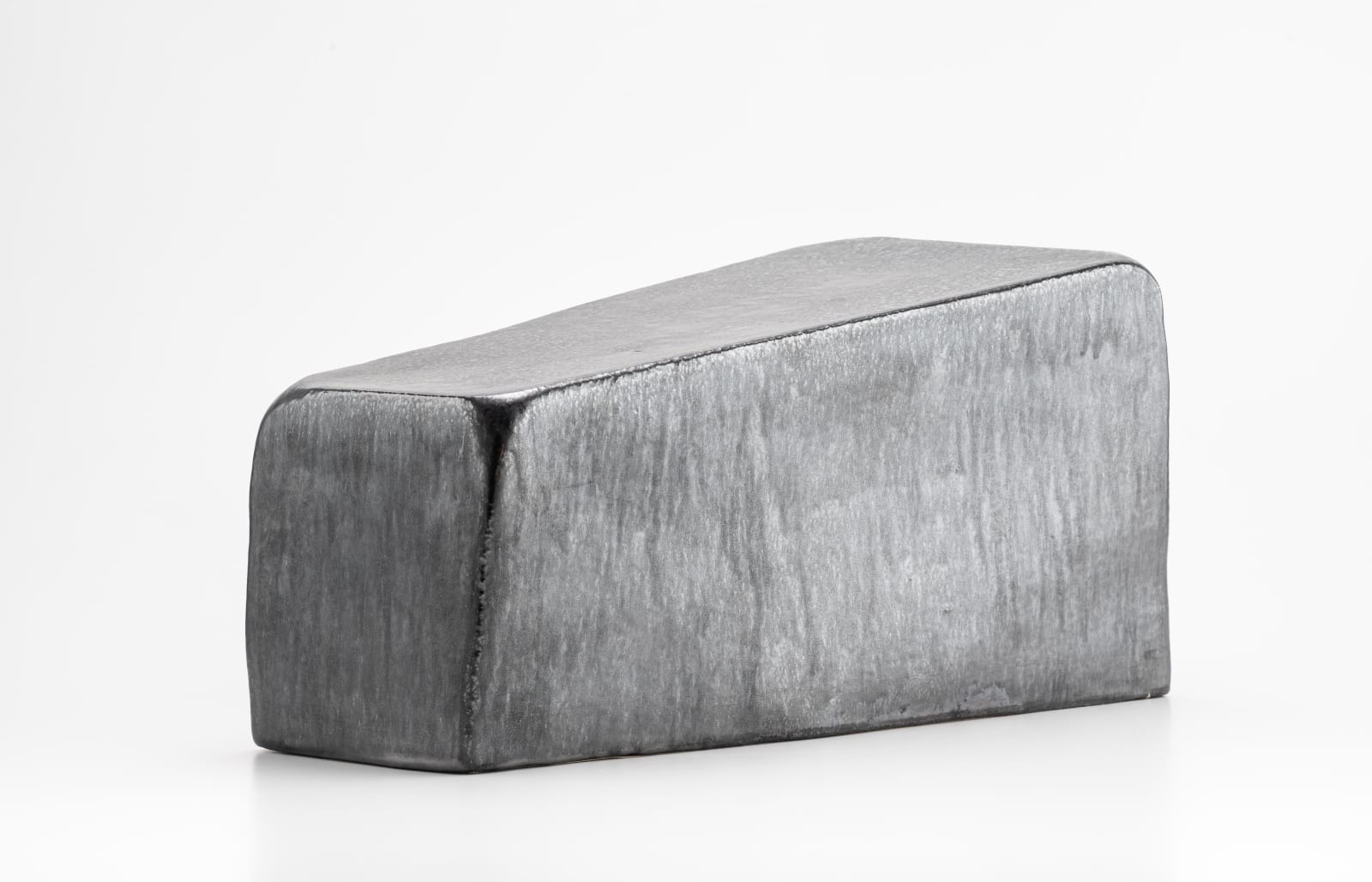Sébastien de Ganay
CERAMIC 42, 2019
Ceramic
24 x 42 x 19 cm
9 1/2 x 16 1/2 x 7 1/2 inches
9 1/2 x 16 1/2 x 7 1/2 inches
The work is signed by the artist
Copyright The Artist
Photo: Dirk Tacke
€ 6,500.00 excl. tax
Sébastien de Ganay, CERAMIC 42, 2019
Verkauft
%3Cdiv%20class%3D%22artist%22%3ES%C3%A9bastien%20de%20Ganay%3C/div%3E%3Cdiv%20class%3D%22title_and_year%22%3E%3Cspan%20class%3D%22title_and_year_title%22%3ECERAMIC%2042%3C/span%3E%2C%20%3Cspan%20class%3D%22title_and_year_year%22%3E2019%3C/span%3E%3C/div%3E%3Cdiv%20class%3D%22medium%22%3ECeramic%3C/div%3E%3Cdiv%20class%3D%22dimensions%22%3E24%20x%2042%20x%2019%20cm%3Cbr/%3E%0A9%201/2%20x%2016%201/2%20x%207%201/2%20inches%3C/div%3E%3Cdiv%20class%3D%22signed_and_dated%22%3EThe%20work%20is%20signed%20by%20the%20artist%3C/div%3E
Weitere Abbildungen
In the CERAMICS work group, de Ganay plays with the juxtaposition and with what at first glance appears to be a paradoxical connection between foreignness and familiarity. De Ganay classifies his CERAMICS as 'familiar...
In the CERAMICS work group, de Ganay plays with the juxtaposition and with what at first glance appears to be a paradoxical connection between foreignness and familiarity. De Ganay classifies his CERAMICS as "familiar objects”, in contrast to the term "specific objects”, which was coined in 1965 by the artist and critic Donald Judd. “Specific objects” are specific because the artist carefully coordinates their shape, scale, proportions and materiality. In comparison, the CERAMICS are both puzzling and familiar, as if they were created by natural chance. The artist uses this ambivalent effect in the CERAMICS as a game to emancipate things from their being and as a possibility to make them look like something other than what they really are. In CERAMIC 42 de Ganay uses sculptural material that absorbs and preserves movement and impressions. The glaze of the sculpture is reminiscent of a natural and valuable commodity and, as de Ganay says: "They are nothing less than the expression of potentials and metamorphoses in the making."
Teilen
- X
- Tumblr












